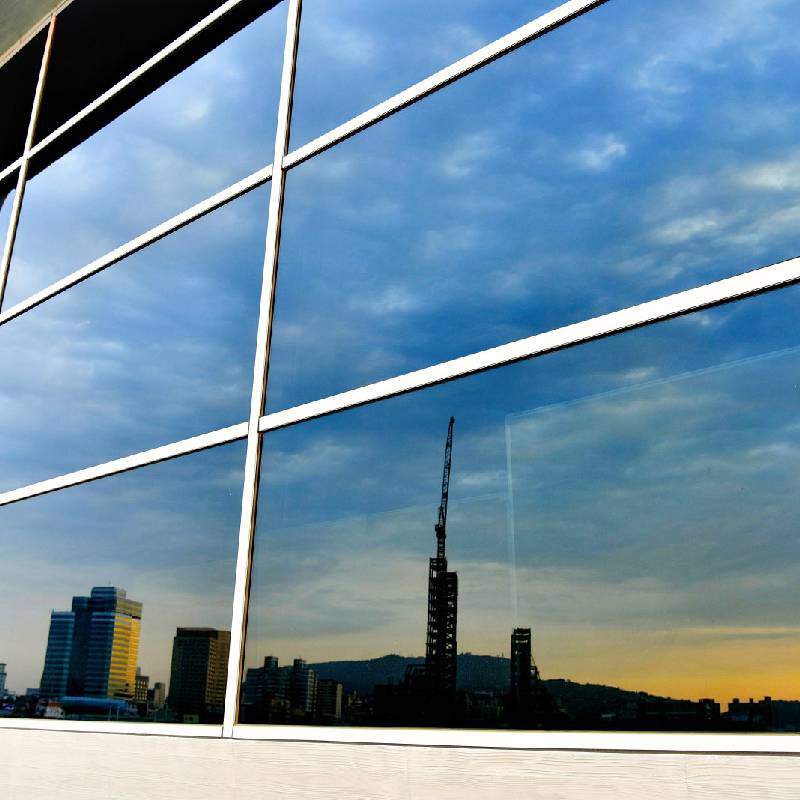

Reflective Glass in China An Overview of Trends and Innovations
Reflective glass has become an increasingly pivotal element in various architectural designs and constructions across China, aligning with the nation’s rapid urbanization and technological advancements. This type of glass, characterized by its ability to reflect solar radiation while allowing visibility, plays a vital role in energy efficiency, climate control, and aesthetic appeal in buildings.
The Rise of Reflective Glass in Chinese Architecture
Over the past few decades, China has witnessed unprecedented growth in urban infrastructure, leading to a surge in the demand for advanced building materials. Reflective glass, with its distinctive qualities, has found favor among architects and builders aiming to enhance the energy efficiency of their designs. By minimizing glare and providing effective insulation, reflective glass helps reduce the reliance on artificial lighting and air conditioning systems, which translates into significant energy savings.
Given the increasing concern regarding environmental sustainability, the use of reflective glass aligns perfectly with China's commitment to green building practices. The government has encouraged the development of eco-friendly materials as part of its broader strategies to combat pollution and reduce energy consumption. As a result, manufacturers in China have invested heavily in producing high-quality reflective glass that meets international standards while catering to local needs.
Technological Innovations and Manufacturing Processes
The reflective glass industry in China has experienced notable advancements due to the integration of cutting-edge technologies in manufacturing processes. Techniques such as low-emissivity (Low-E) coatings have become prevalent, allowing glass to reflect significant amounts of solar energy while permitting natural light to penetrate. This innovative approach not only enhances the thermal performance of buildings but also provides a modern aesthetic that appeals to contemporary architectural styles.
Moreover, advancements in manufacturing capabilities have allowed for the production of large, custom-sized reflective glass panels that cater to diverse architectural demands. Smart glass technology — which can change its reflective properties based on environmental conditions — is also emerging as a game-changer in the market. This technology enhances the versatility of reflective glass, making it suitable for a wide range of applications, from high-rise buildings to commercial spaces.

The Aesthetic Appeal of Reflective Glass
Aside from its functional benefits, reflective glass offers significant aesthetic advantages. The sleek, contemporary look of reflective glass façades adds a modern touch to buildings, making them stand out in crowded urban environments. The ability to manipulate light and reflections can create stunning visual effects that enhance the overall design quality of a structure.
Reflected landscapes or city skylines can also provide a harmonious blend between natural and urban elements, supporting the concept of biophilic design. This not only enhances the visual appeal of individual buildings but also contributes to the overall character of the urban environment, creating a cohesive and attractive urban landscape.
Challenges and Future Directions
Despite its benefits, the reflective glass industry in China faces several challenges. Concerns about heat gain and glare in densely populated areas can lead to discomfort for pedestrians and nearby residents. As a result, manufacturers and architects must consider these factors during the design phase, ensuring that reflective glass is used in a manner that balances aesthetic appeal with environmental responsibility.
Looking ahead, the future of reflective glass in China appears promising. With ongoing research and development, key trends such as increased energy efficiency, smart technology integration, and sustainable production methods will continue to push the industry forward. The demand for reflective glass is likely to rise as cities evolve and adapt to modern architectural standards.
Conclusion
Reflective glass in China is more than just a building material; it represents a shift towards sustainable, innovative, and aesthetically pleasing architecture. As the nation progresses towards greener development goals, the role of reflective glass will undoubtedly expand, ushering in a new era of urban design that harmonizes functionality with beauty. The journey of reflective glass in China is a testament to the country's commitment to progress, sustainability, and architectural excellence.